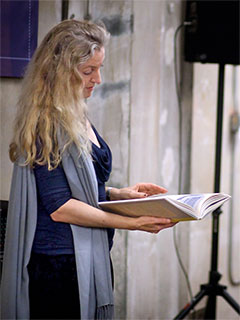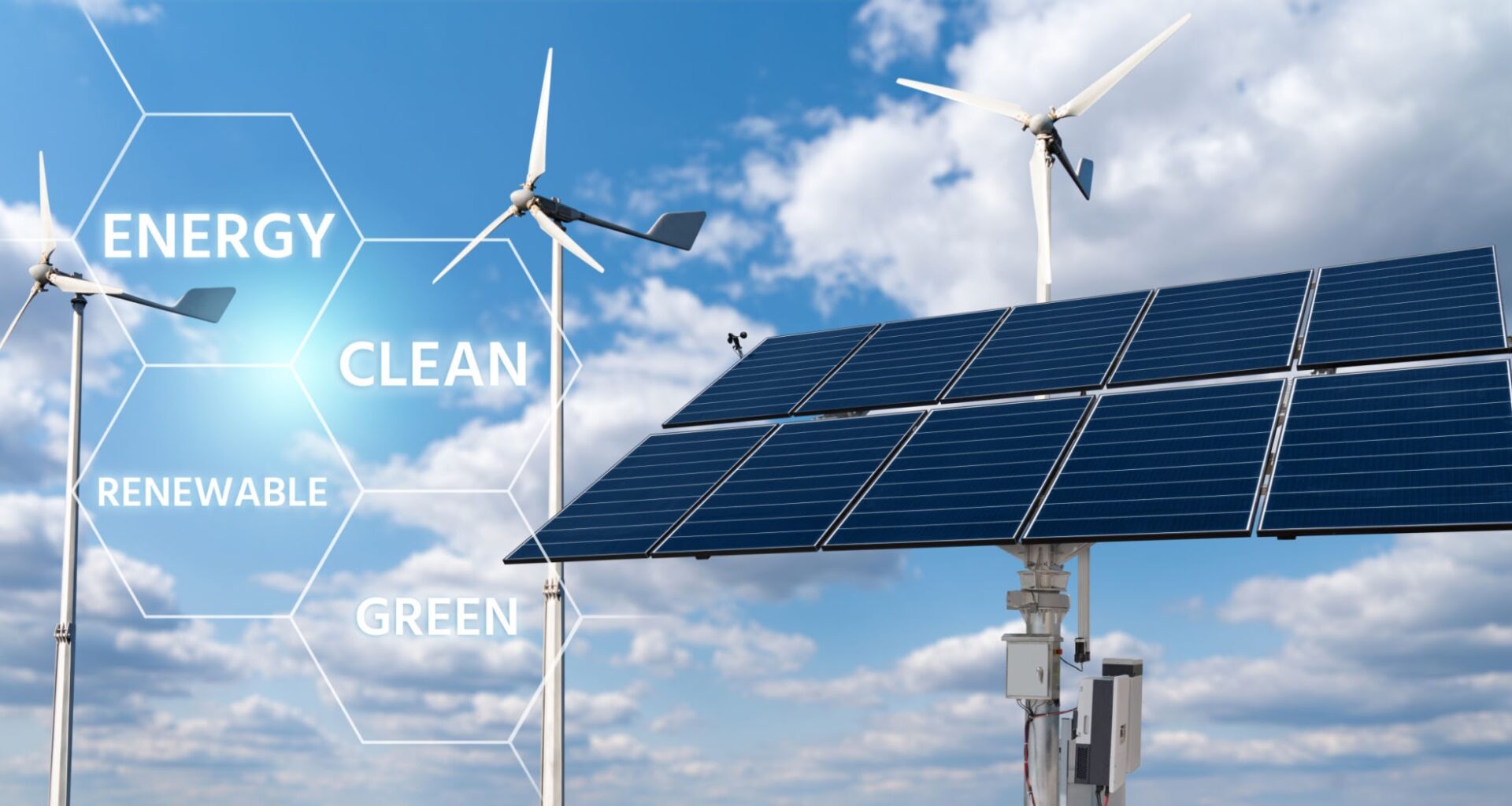Support CleanTechnica’s work through a Substack subscription or on Stripe.
In an editorial in the Guardian, writer, historian, and activist Rebecca Solnit rises above the fray and reminds us how renewables are now adequate to meet almost all our energy needs. The renewable energy transition is happening all around us, and “it is nothing less than astonishing and unbelievable that we have achieved so much progress in so little time,” she states. No, it’s not nearly fast enough, she acknowledges, “but the key thing to saving the planet is whittling down the fossil fuel industry and use of fossil fuels to almost nothing by making the energy transition to renewables and an electrified world.”
Solnit calls on advocates of all kinds to illustrate the power and place of renewables in everyday life, as making them more visible would make more people more enthused about them “as a solution, a promise, a possibility we can, should, must pursue swiftly and wholeheartedly.”
The new and productive turn to renewables “is underway. And, arguably, unstoppable.” Renewables are now adequate to meet almost all our needs, and “it’s just a better way to do everything.” She describes a world ahead in which fossil fuels are identified widely “as the main driver of climate chaos. And wasteful.”
 Solnit photograph credit: Adrian Mendoza
Solnit photograph credit: Adrian Mendoza
I first came across Solnit with her post-2009 financial crisis analysis, Hope in the Dark (a new 2020 edition has been published). In it, Solnit reminds us that “to recognize the momentousness of what has happened is to apprehend what might happen.” She speaks about “an entirely different sort of hope or faith: that you possess the power to change the world to some degree, that the current state of affairs is not inevitable, that all trajectories are not downhill.”
These are words to live by during the tumultuous times of the authoritarian Trump administration.
She describes a different approach to activism that can generate hope “because in itself it constitutes an alternative and turns away from the corruption at the center to face the wild possibilities and the heroes at the edges or at your side.” Even if actively undermined by the Trump administration and many fossil fuel corporations and US states, Solnit says, we know exactly how to move away from fossil fuels. “The solution is a mosaic of many changes,” with the most pressing obstacles facing us coming from the political sector.
Solnit recently launched the climate project Not Too Late. She wants to invite newcomers to the climate movement, as well as to provide climate facts and encouragement for people who are “already engaged but weary.” Solnit insists we don’t have to wait “hoping for national politicians to act.” Moreover, she reminds us that many of our challenging emotions about climate emerge “from commonly held frameworks about how change works, where power resides, and what possibility looks like.”
There are still important choices to make about climate, a Not Too Late guide to advocacy outlines. “Big public protests remind politicians and the media what the public cares about and ramp up the pressure for climate action,” the guide outlines. This works because, as we see other people care about renewables, we become strengthened.
What a Difference Two Decades can Make
Solnit offers a bit of a review of the earliest years of renewable energy.
First, she notes how solar panels and wind turbines were “expensive, primitive, utterly inadequate solutions to power our machines at scale.” The result of that thin renewable energy veneer was for climate activists to focus on minimizing consumption. “It helped power the fossil fuel industry’s weaponization of climate footprints,” she reflects, which made “people think personal virtue in whittling down our consumption was the key thing.” Limiting our use of resources was warranted, yet it was not then the consummate answer to the climate crisis — fossil fuels were and continue to be.
Next, because the renewable energy transition entered the mainstream slowly and in technical ways, many people seemed not to notice its impact as one decade turned into another. And, when they did notice, they saw before them “an era of austerity and renunciation.” That was an error that made people conclude “we had no real alternative to burning fossil fuels.”
Finally, another renewable energy “hangover” that Solnit describes from early in the millennium is the idea that renewables were expensive. “They were. They’re not anymore,” she says. Sure, building new systems cost money, but solar power is now the most inexpensive method to produce electricity in most of the world, “and there’s no sign that the plummet in costs is stopping.”
Renewables Surge Ahead — Yet Need More Visibility in Everyday Life
Renewables, the author of the 2025 No Straight Road Takes You There repeats, are an “astonishing” and “powerful solution to the climate crisis.” The “depredations of the fossil fuel industry and for-profit utilities” need to become passé as clean energy takes center stage. The old system of fossil fuels — “dirty, toxic to human health and the environment – and our politics” will succumb to a quickly changing energy culture. “Burning is going to look like a primitive way to operate machines,” she envisions.
The new energy system grounded in renewables is, oh, so much cleaner. The ubiquitous nature of sun and wind “means that the corrosive politics of producer nations and their manipulations of dependent consumer nations” could become a fleeting memory for generations to come.
“Making it more visible would make more people more enthused about it as a solution, a promise, a possibility we can, should, must pursue swiftly and wholeheartedly,” Solnit explains. Here are some of the ways she suggests we go about enhancing the transparency of renewable energy — “to get people to recognize that is what’s on offer.”
The wind and sun are free and inexhaustible. Free energy!
Devices are needed to collect the energy and transform the wind and sun into electricity.
Transmission lines to distribute it must be expanded.
Renewables mean energy independence.
If done right, we could build cooperatives, local, hyperlocal, or just autonomous individual energy systems.
We’d undermine predatory for-profit utilities companies as well as the fossil fuel industry.
Renewable energy could be energy justice and energy democracy, as well as clean energy.
We have a tangible grasp of renewables, Solnit concludes, and so we have a message to disseminate to everyone who’s sick and tired of pricey utilities, polluting corporations, and political subterfuge. Now that there is an alternative to fossil fuels, there’s a more common “admission that fossil fuel is a wasteful and poisonous way to produce energy.”
Sign up for CleanTechnica’s Weekly Substack for Zach and Scott’s in-depth analyses and high level summaries, sign up for our daily newsletter, and follow us on Google News!
Advertisement
Have a tip for CleanTechnica? Want to advertise? Want to suggest a guest for our CleanTech Talk podcast? Contact us here.
Sign up for our daily newsletter for 15 new cleantech stories a day. Or sign up for our weekly one on top stories of the week if daily is too frequent.
CleanTechnica uses affiliate links. See our policy here.

